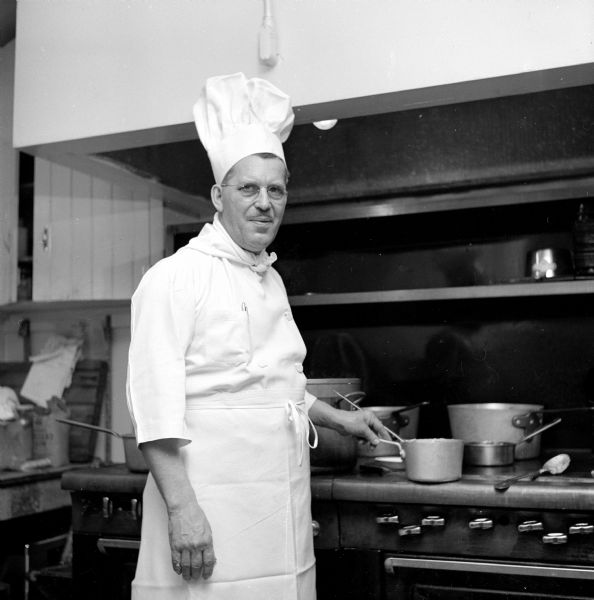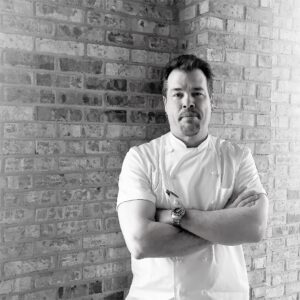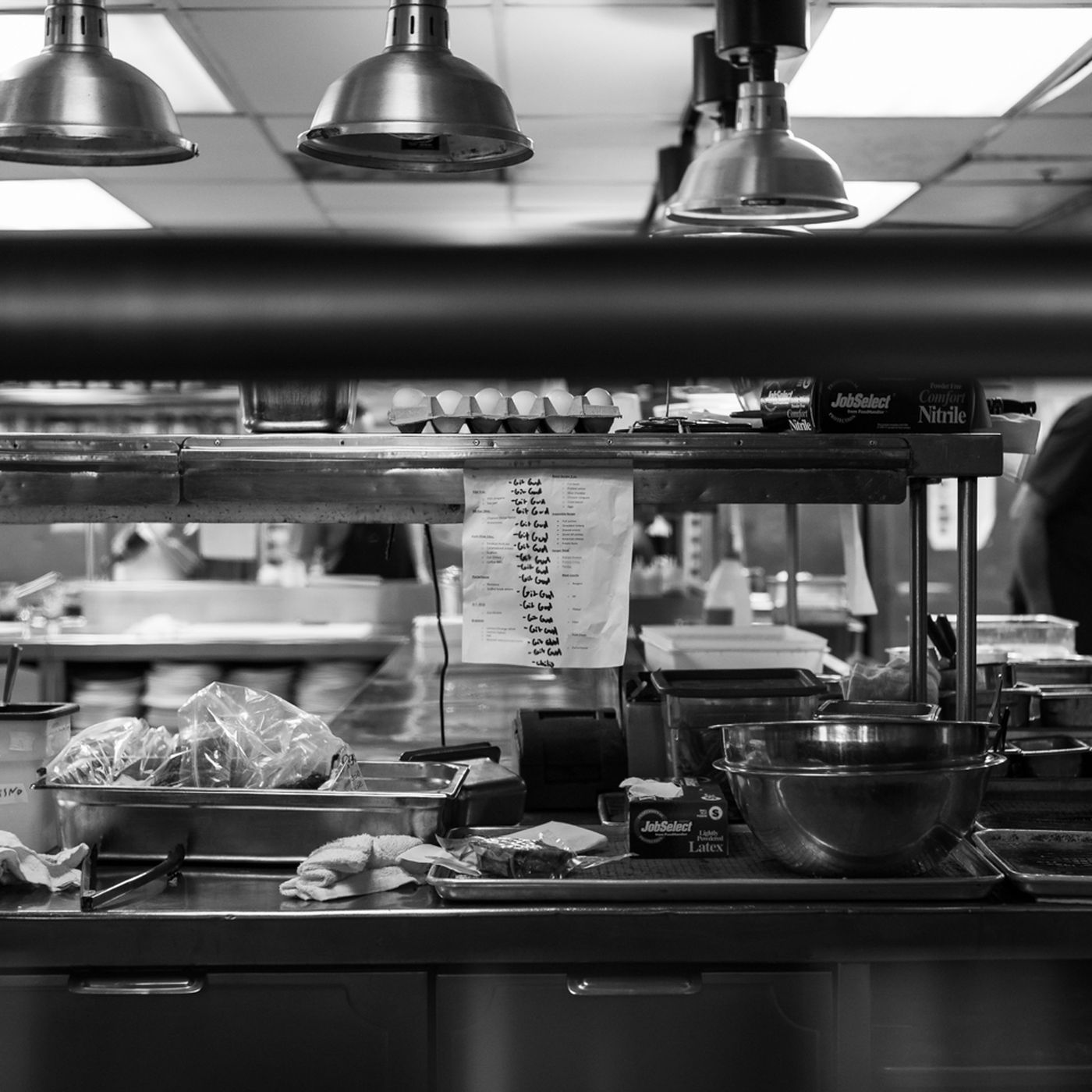The culinary profession has undergone a remarkable transformation, particularly in the domain of kitchen leadership. This evolution reflects broader socio-economic trends, technological advancements, and a changing ethos in workplace dynamics. Understanding this transformation is key to addressing the leadership gap evident in today’s professional kitchens.
The Traditional Hierarchical Kitchen: Precision and Order
In the early 20th century, the professional kitchen was a reflection of classical European hierarchy, informed by Escoffier’s brigade system. It was a well-oiled machine where efficiency and precision reigned supreme. The chef de cuisine was the unequivocal authority, commanding respect and obedience. The focus was predominantly on technical proficiency and consistency, elements crucial for the era’s grand dining establishments. Such kitchens operated on a system where roles were rigidly defined, leaving little room for deviation.
This model, while effective, often created environments resistant to change and innovation. As culinary leaders, it is crucial to acknowledge that while this structure brought about remarkable consistency and discipline, it also led to a suppression of individual expression and mentorship within the kitchen.
The Advent of Culinary Democracy: Inclusivity and Creativity
The latter part of the 20th century saw a democratic shift in kitchen leadership. Culinary luminaries began to challenge the status quo, advocating for a more inclusive approach. This period witnessed the emergence of collaborative kitchens where creativity was nurtured, and team members were encouraged to contribute their ideas. Chefs like Paul Bocuse and the proponents of the Nouvelle Cuisine movement emphasized artistry, lightness, and natural flavors, thereby requiring a more flexible and adaptive kitchen leadership style.
The attributes of a kitchen leader expanded to include not just culinary expertise, but also emotional intelligence, creativity, and the ability to inspire and nurture talent. It marked the beginning of the shift from a command-and-control leadership style to one of mentorship and collaboration.
The Contemporary Kitchen: Diversity of Skills and the Leadership Gap
In today’s kitchens, leadership extends far beyond culinary skills. A leader must now be a strategist, a teacher, an innovator, and a steward of sustainability. This shift has created a more complex role that demands a broad range of competencies including managerial acumen, technological literacy, and a commitment to environmental practices.
Yet, there exists a palpable leadership gap. The fast-paced growth of the culinary industry, combined with the retirements of seasoned chefs and the sometimes insufficient development of soft skills among the new generation, has led to a scarcity of qualified leaders who can navigate the diverse demands of contemporary kitchen management.
Bridging the Leadership Gap: Strategies for Modern Kitchen Management
- Comprehensive Training and Development: To address the leadership gap, there must be a concerted effort to offer comprehensive training programs that extend beyond culinary skills to include leadership, business management, and sustainability practices.
- Cultivation of Soft Skills: Emotional intelligence, communication, and team-building are as critical as knife skills. Developing these soft skills can enhance the ability to lead effectively and adapt to the multifaceted nature of kitchen management today.
- Adoption of Technology: Proficiency in the latest kitchen technologies and data management systems is no longer optional. It is essential for efficient kitchen operations and to remain competitive in a rapidly evolving culinary landscape.
- Sustainability as a Leadership Mandate: A modern kitchen leader must not only create sumptuous dishes but also prioritize sustainability. From waste reduction techniques to sustainable sourcing, leaders must be well-versed in environmentally responsible practices.
- Inclusivity and Diversity: A modern kitchen thrives on diversity. Leaders must foster an environment that is inclusive and respectful of varied backgrounds and ideas, thereby enriching the culinary output.
In conclusion
The evolution of kitchen leadership has been marked by significant changes in the scope and complexity of the role. Today’s kitchen leaders are required to be multifaceted, possessing an array of skills that range from the culinary to the managerial, all while championing sustainability and inclusivity. To close the leadership gap, the industry must invest in nurturing these competencies. In doing so, we can ensure the emergence of a new generation of kitchen leaders who are as comfortable with a profit and loss statement as they are with a saucepan.
The Chefxpertise Culinary Leadership Development Program offers a transformative experience designed to refine the leadership and management skills of chefs within corporate restaurant groups. This tailored six-week course blends online modules with personalized, hands-on coaching, crafted to integrate seamlessly with daily kitchen operations and minimize disruption. The curriculum covers essential leadership foundations, advanced operational strategies, and effective cost control techniques, equipping culinary professionals to lead high-performance teams and enhance guest satisfaction comprehensively. By fostering staff development and succession planning, the program ensures that your culinary operations set and maintain industry standards, driving significant value across your establishments. It’s an investment in your team’s growth that promises to redefine culinary leadership and operational success within your organization.




